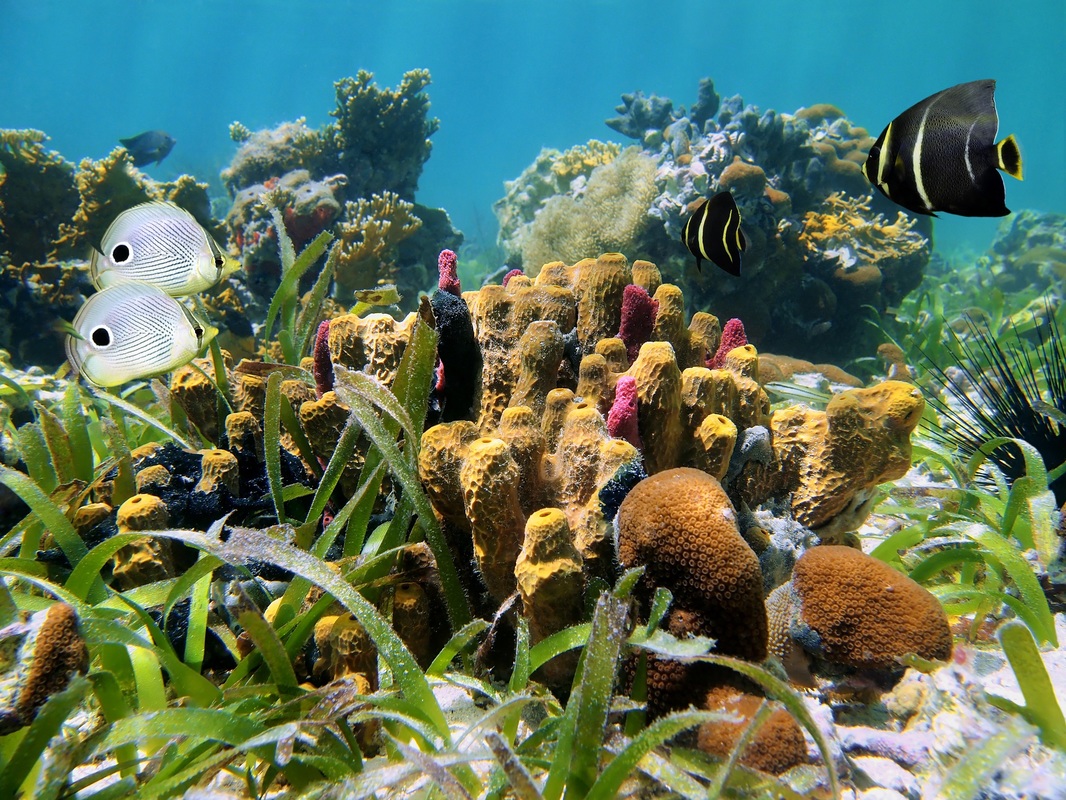

They then float around and once fertilized, they turn into larvae. However, some do release their sperm into the water column. The majority of sea sponge species retain their eggs until they have fully developed. Lifespans of up to 200 years have been recorded by scientists, and in incredible circumstances, sponges can live up to 5000 years. However, when they live in more tropical oceans, such as the Indian Ocean, or deeper waters, they tend to last far longer. For example, if a sea sponge inhabits a more temperate, colder ocean, it can see a few years of life. The lifespan of sea sponges can vary significantly depending on their habitat and environment. Some species are considered carnivorous as they will develop symbiotic bacteria in their bodies and then consume them. It is not only food that gets absorbed through this method, it is how they get their oxygen and expel carbon dioxide. This is done as the water flows through them.

The majority of sea sponges are filter feeders and have systems in place that allow them to extract food particles from the water column around them. However, there are some species that find soft sediments, such as sand or silt, and thrive. The majority of sea sponges prefer to attach themselves to hard surfaces, such as rocks or reefs. They also are utilized by other animal species. Many coral reefs contain a variety of sponges, as they can help with cleaning, filtering, and improving water quality. Some freshwater variations do exist, but a large proportion is sea-based. Sea sponges are primarily found in saltwater environments. They can also reduce their surface area, using the same method to make them less appealing to predators. They can release blockages from sand, rocks, and other sediments through contractions. Impressively, sea sponges can actually move their bodies despite not having a brain, active neurons, or any significant tissue.


The sponge’s porous exterior is another key characteristic of its appearance. These skeletons tend to be made of calcium carbonate or silicon dioxide. The internal anatomy of sea sponges, similar to many coral species, is made up of a skeleton. They come in a variety of colors and shapes. However, incredibly they have no organs and do not have a tissue. These similarities consist of being multicellular, having no cell walls, being heterotrophic, and producing sperm cells. One of the most interesting aspects of the sea sponge is that it has many similarities to traditional animals but lacks some very key elements.


 0 kommentar(er)
0 kommentar(er)
